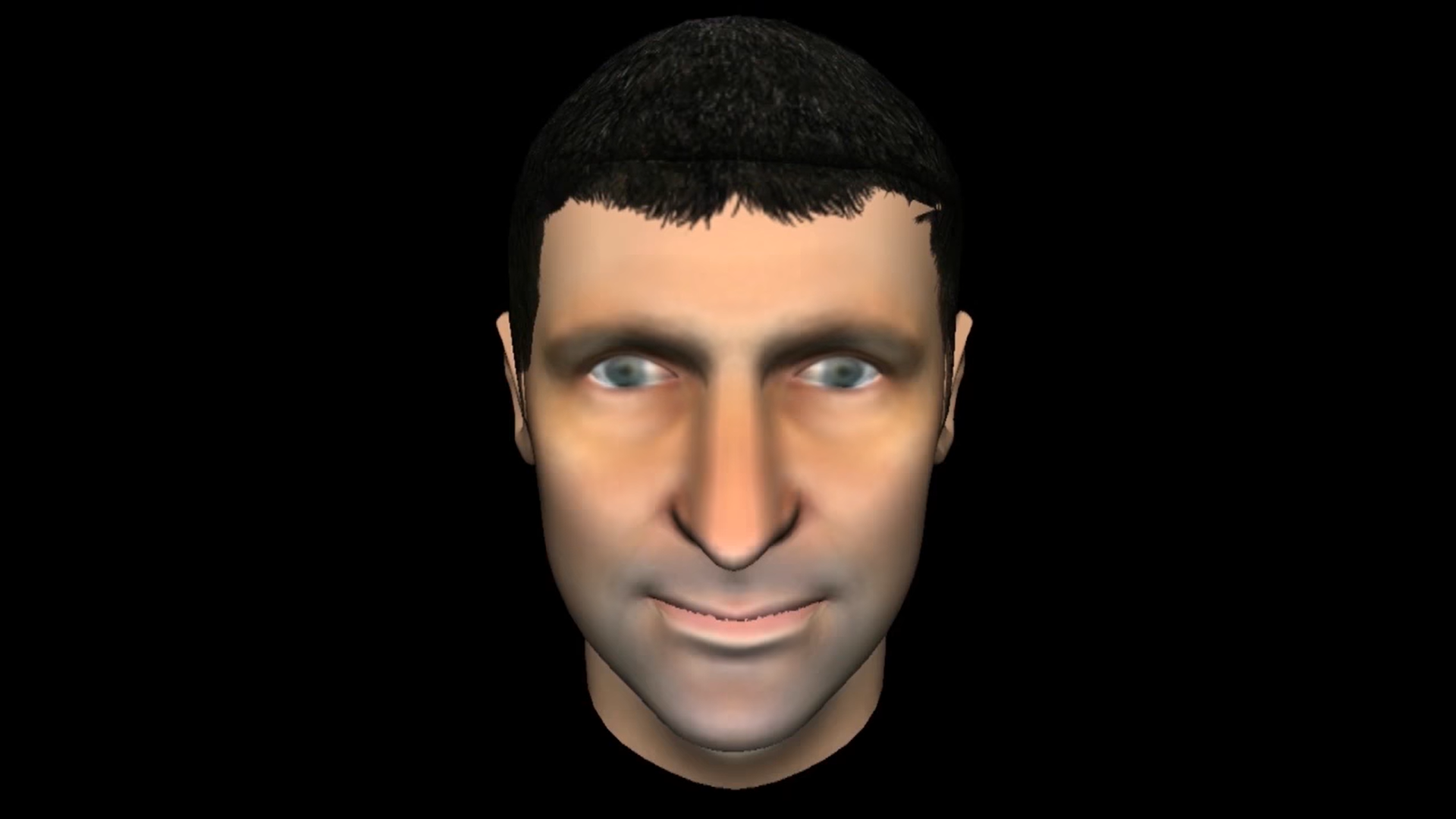
People who have schizophrenia and other mental health conditions often experience auditory hallucinations of voices. While some people may find these episodes to be little more than a minor inconvenience, others experience hugely distressing voices.
“Try to imagine you are in your home and there seems to be a radio or TV playing next door – a bit muffled but certain words were very clear,” wrote one sufferer in an affecting blog post on the website of mental health charity Mind. “When I came to the conclusion that the voices were commenting on me, I panicked…At one point I thought my flat had been bugged with secret cameras and microphones and I was being observed like on The Truman Show or Big Brother. All logic leaves you and you just feel the intimidation, the confusion and, as time went on, the depression.”
Some psychological therapies attempt to help patients who hear distressing voices by using an empty chair to represent the voice in a three-way conversation between therapist, patient and hallucination. The patient replies to the therapist’s questions on behalf of the voice, giving the answers they believe the voice would give.
A team of researchers at King’s College London (KCL) are now attempting to digitise this process through AVATAR therapy, evaluating the process and assessing the feasibility of making it available across the UK. The result is something that wouldn’t seem out of place in the realms of science fiction, but which has the potential to transform patients’ understanding of their hallucinations, and enhance the therapeutic approaches to reducing the harm they can cause.
AVATAR therapy uses digital avatars to represent the unpleasant voices experienced by people with psychosis as a therapeutic technique help them cope with their distress. A previous clinical trial, led by King’s and hosted by South London and Maudsley NHS Trust, showed in 2017 that the therapy resulted in a rapid and substantial fall in frequency and associated distress of voices that was superior to a supportive counselling control condition at 12 weeks.
How does AVATAR therapy help patients?
Using voice transformation software, a therapist can speak as themselves or in the voice of the avatar. The empty chair is replaced by a computer screen on which an avatar simulation – a faithful visual representation based on the patient’s experiences – of the voice appears.
Patients and therapists work closely together, discussing the voices in detail. For people who hear multiple voices, they will usually work on the most distressing or powerful voice. They then use bespoke software to develop an avatar, transforming audio clips of the therapist’s voice until it is as close as possible to what the patient actually hears, tweaking various tonal qualities until the best possible match is achieved.
The patients then work through a selection of faces to choose one closest to what they believe the entity looks like, adjusting its facial features to refine the appearance. The voice and face are then combined. If necessary, the avatar can be further modified if the patient is not happy with the result.
Over the course of six to eight sessions, patients and therapists recreate the voice-hearing experience, using verbatim copies of what the patient describes as the unpleasant and frightening content of their voices. The patient works on standing up to the avatar and challenging what it says, gradually becoming more assertive and in control.
KCL emeritus professor Tom Craig, who led the first AVATAR trial, says: “The initial benefit is thought to be through the reduction in anxiety and distress but as the dialogue slowly unfolds, therapeutic targets are more individualised, tackling underlying issues such as the role played by low self-esteem, past traumatic experiences and social exclusion.”
What is the aim of the AVATAR2 trial?
Previous trials have demonstrated promising results for AVATAR therapy, indicating that it could help people who hear distressing auditory hallucinations cope more effectively with them. The AVATAR2 trial is now aiming to further test the effectiveness of AVATAR therapy in a wider variety of NHS settings across England and Scotland.
Craig says: “In the research to date, the therapy has been shown to reduce both the frequency and associated distress in patients who had been unwell for many years and experienced voices for at least 12 months despite other treatment.”
The AVATAR2 trial will now recruit 345 participants across eight clinical settings, divided into three groups: those who receive treatment as usual; those who undergo the first phase of AVATAR therapy, managing anxiety and standing up to the avatar; and those who will undergo both this first phase and a second phase considering the specific character and nature of the voice in more detail through dialogues in which the avatar concedes power to the patient.
AVATAR2 seeks to examine the impact of brief and extended AVATAR therapy, to see which patients will gain the most benefit from the two different versions, and assess the cost-effectiveness of the two versions of the therapy compared to routine treatment.
The programme also aims to broaden the availability of the therapy by increasing the number of NHS staff trained in its use, and provide further evidence on the effect and cost-effectiveness of the therapy. It’s unlikely this innovative blend of voice manipulation and digital graphics would be used for those who have made peace with the voices they hear, but for patients whose hallucinations are a daily source of misery, AVATAR therapy could become a powerful new tool.
“The therapy is designed for people who hear voices that are distressing and who want either to stop hearing voices altogether or to be less distressed by them,” says Craig. “We do not believe the therapy would be effective for people who are not distressed by their voices.”



